When it comes to creating a warm and welcoming retail environment, sometimes it is the little things can have a significant impact. Whether this is giving the walls a fresh lick of paint to revamp the exterior or scattering a few potted plants across the store to freshen up the air, simple, and often cost effective, changes can make all the difference.
This is certainly true when it comes to lighting. Often underutilised, lighting is one of the most useful tools to retailers wanting to improve their store and make shopping a more memorable experience for consumers. Lighting is so much more than simply improving visibility; it provides an opportunity to showcase certain products, draw attention to displays and make a shop more inviting to passers-by.
Here, we speak with several specialist providers of lighting to the retail market and find out more about the many advantages of revamping your lighting setup.
Unique part of retail
One provider in this area is Shoplight, which, as its name may suggest, is well positioned to supply lighting solutions to the retail market. Marketing director Sara Drawwater, said the company counts the likes of Lego, Skechers, GAIL’s Bakery, Mountain Warehouse, Itsu, H. Samuel, and Hotel Chocolat among its clients.
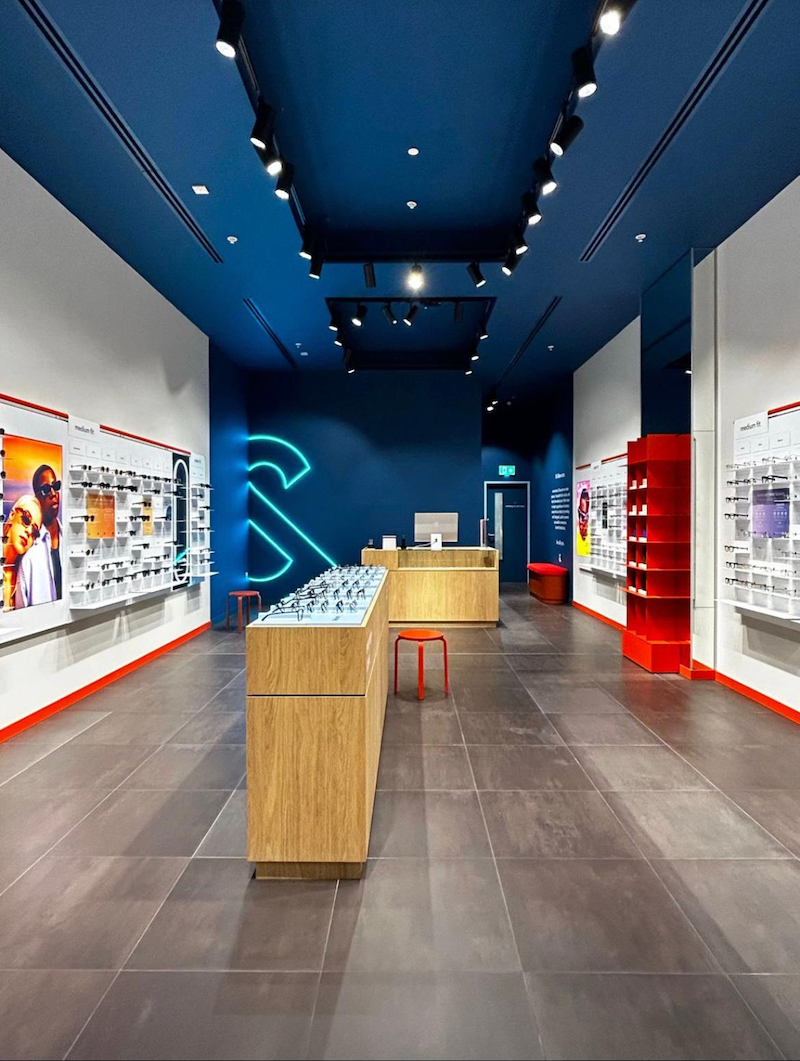
“Lighting is unique within retail as it is both creative and technical,” Drawwater said. “As it forms part of the functionality and the interior design of a store it plays a critical role. Lighting brings retail stores to life; it adds contrast, provides depth, and turns physical surfaces into breathing objects.
“It delivers key functions such as wayfinding for customers, supporting the brands’ identity and lighting products in a way that draws people into stores and influences their buying decisions.”
Drawwater acknowledged that on occasion when retailers may need to reduce costs, lighting is considered an easy win to save money. She said it may be that existing lighting is retained or the number of lights is reduced to hit a budget. However, Drawwater encouraged retailers to consider the importance of lighting, saying poor lighting can result in several issues which brands will want to avoid.
“When lighting schemes are designed to help with wayfinding, poor lighting can destroy the customer journey,” she said. “Due to poor contrast, customers can lose their way and not explore the store as much as they otherwise would have.
“Low-quality lighting impacts product colours due to colour mismatches or poor colour rendering. Meanwhile, character and tactile qualities can be lost when details are not lit correctly.
“In addition, settling for old lighting schemes may be a missed opportunity to reduce energy consumption and the drive for a more sustainable future. This is of particular importance if sustainability is a message the brand communicates to its customers.
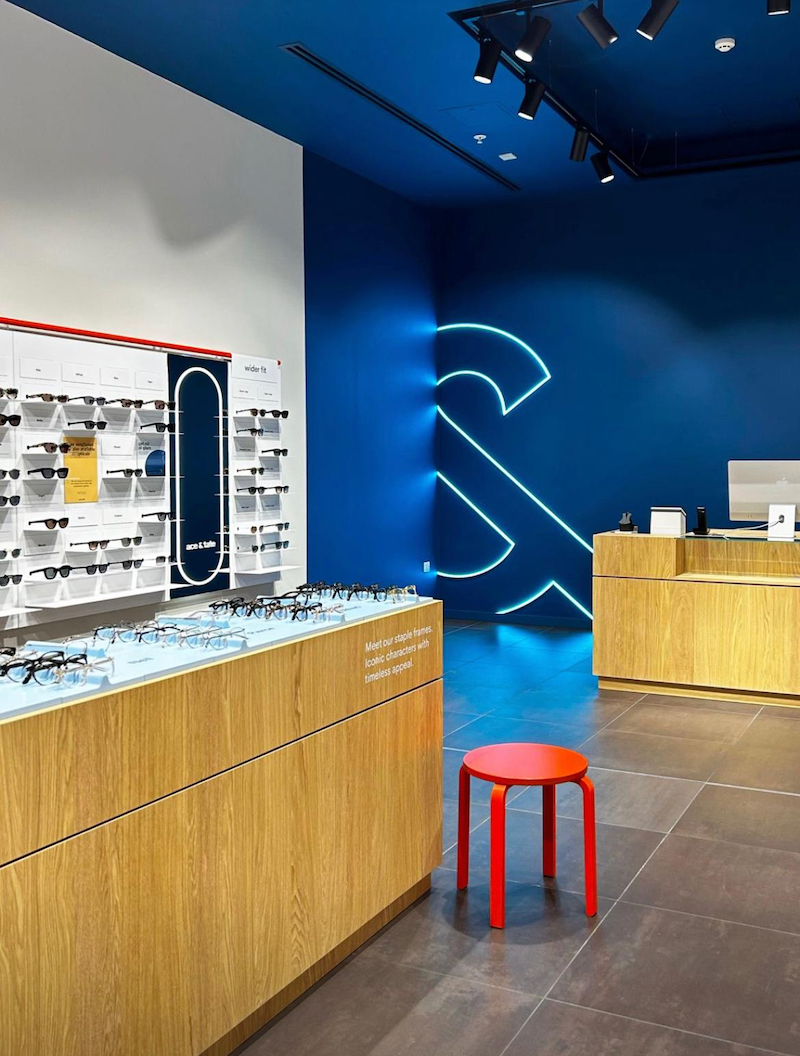
Get the fundamentals right
So, what should retailers be looking for in a quality, reliable lighting system? Drawwater said the fundamentals are important, including ensuring lighting delivers the brand identity, lux levels and colour rendering to products are in line with the brand requirements and that customers are engaged through light when they engage with window displays and walk in the store.
“Making sure product displays have focused quality light draws customers into the store and, when combined with the appropriate lighting levels to transient areas, means customers feel more comfortable and focus on the products,” Drawwater said.
“Going beyond these fundamentals, shoppers are now far more sophisticated in their buying decisions and are looking at differentiating details from brands they trust. Lighting can form part of a sustainability focus, particularly when innovative materials and production methods are used. This is evident in recent concept stores from global brands such as Nike and Apple, where the sustainability of the store construction plays an important part in their overall message.”
As for solutions from Shoplight, the company has developed Nort, a system that helps to reduce a user’s impact on the environment by using 3D printing techniques with bioplastics Produced in Peterborough, Nort is made from plant-based polymers and built with disassembly in mind, with its raw materials able to be reused, biodegraded in an industrial composter, or recycled safely.
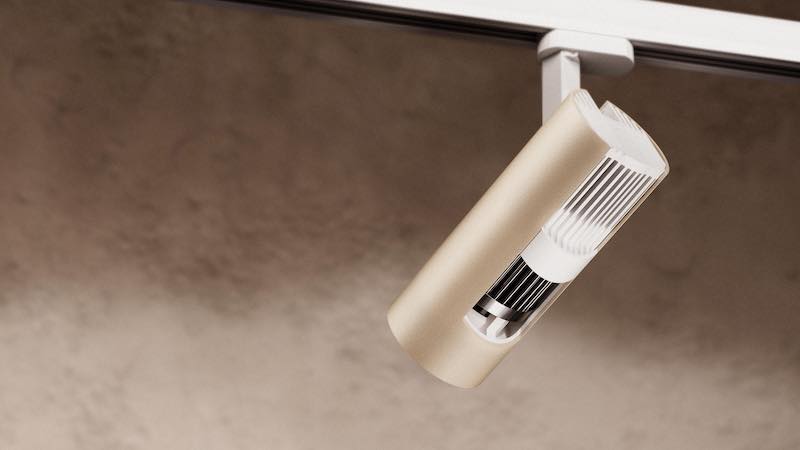
Nort is supported by a High-Efficiency range. Rather than being shipped from China, this high-efficiency range is made in the EU, reducing associated carbon miles. The range features new high-efficiency LED modules that deliver up to 150 luminaire lumens per circuit watt that can reduce lighting energy consumption by up to 50% compared to a standard LED spotlight, Drawwater said.
Avoid cutting corners with lighting
Another provider in this sector is Fagerhult Group, which develops and manufactures 12 brands of advanced lighting solutions for professional indoor and outdoor environments. Daniel Swannack, global head of retail for Business Area Premium, said cutting corners in lighting can lead to a range of negative outcomes, from decreased customer sales and staff happiness to safety concerns and damage to the brand reputation.
“As with most things, it will come at a compromise on some level,” Swannack said. “This might be the total cost of ownership, an increase in embodied carbon, or experiencing colour shifts over time that can negatively impact the look and feel of the store.
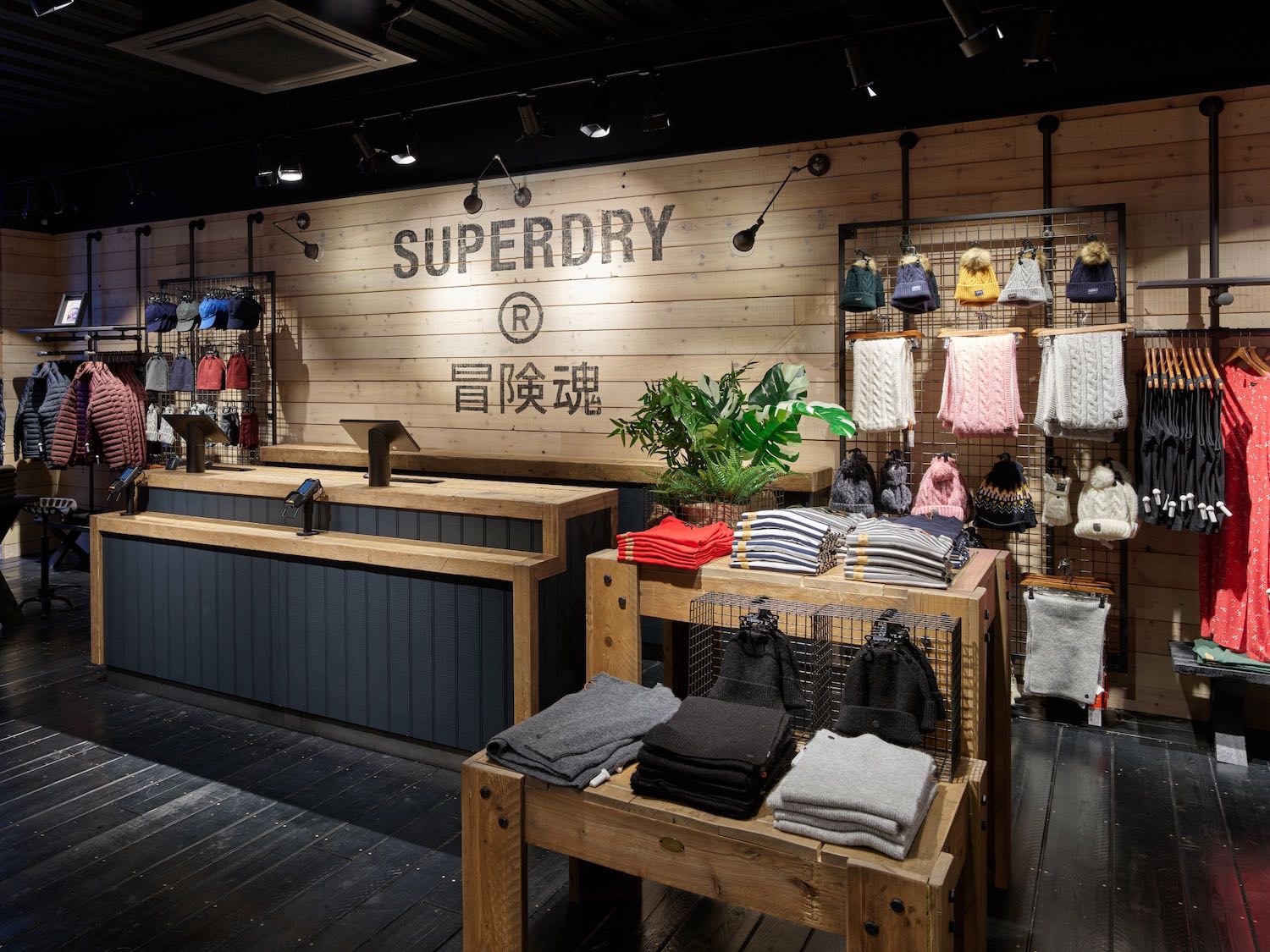
“There are a number of different techniques and tools you can use to light a store. Where you position the lighting, the beam angles you use, and carefully selecting the right characteristics of the light can not only reduce the total installed load but also the number of fittings required. So, while the per unit cost might be less, the overall cost may prove to be higher.”
Swannack also spoke about the importance of keeping up to date with the latest lighting technology. He explained that working with a number of retail partners, Fagerhult has seen reductions of anywhere between 60% and 80% in their energy consumption. However, this was not the only benefit of updating their lighting.
“This step change has also coincided with advancements in colour reproduction, so not only are you getting more efficient spaces, but the lit experience is improved as well,” Swannack said. “With light, you can evoke emotions, create the right atmosphere, and enhance a brand’s experience.
“Understanding the relationship between darkness and light to create contrast or uniformity as the situation demands. Understanding each zone within a store and the lighting concept that works within them is key to a cohesive and stimulating store and store-in-store environments. In short, you can enhance your customers’ experience, reduce your carbon footprint, with a solution that will pay for itself anywhere between one and two years.”
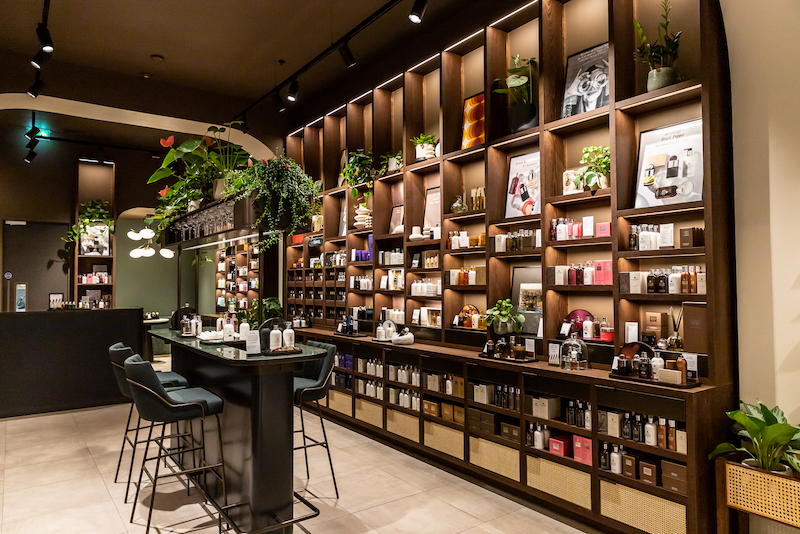
Sustainable solutions
Fagerhult has retail-dedicated divisions, in the UK, Germany and Sweden to support those in the retail sector. The group is able to provide project management, supply chain, design, and technical advice, helping retailers every step of their lighting journey.
With this, Swannack drew attention to some of the products available from Fagerhult. The most popular solution for retailers is the Streamer spotlight. Swannack explained that each component within its design was selected to maximise the intensity and focus of the light on the target, while additionally providing exceptional reproduction across the entire colour spectrum.
As for new product, the latest offering comes in the form of Timba, which was developed by LTS, Fagerhult’s retail specialist.
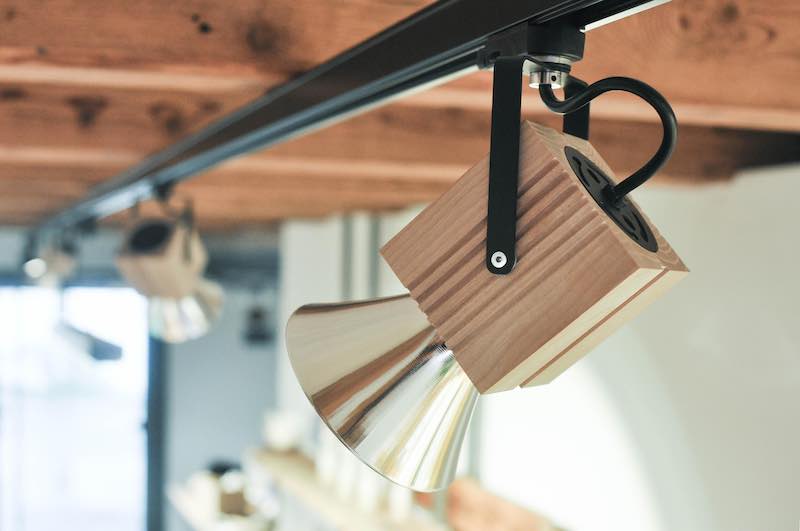
“As the name may suggest, the housing is made of wood and is, as far as we are aware, the first of its type on the market,” Swannack said. “The same design concept is replicated in a spotlight, linear and circular pendant forms. The choice of wood as a material is ideal as it minimises the environmental impact of the fitting while equally allowing retailers to clearly communicate to their customers their commitment towards making sustainable choices.”
The message here is clear: ignore lighting at your peril. Updating your systems and thinking more about you use lighting can help transform your store and bring more customers through the door.





